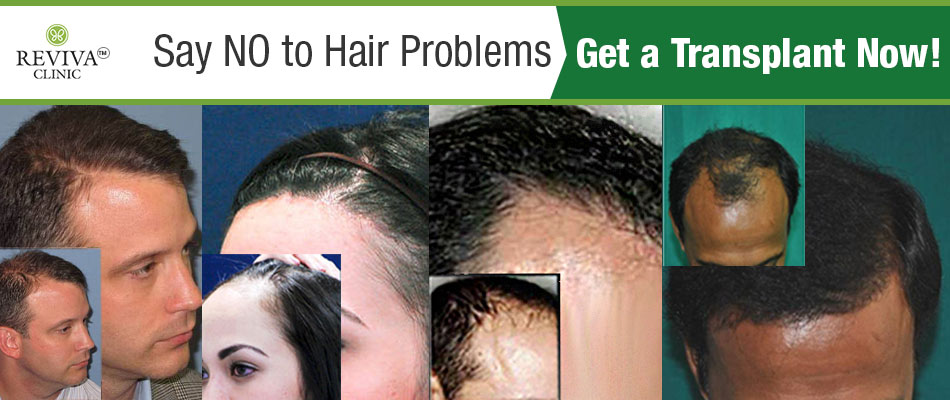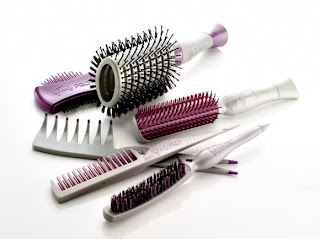Before Transplant
There are only some minor preparations that you need to make before your hair transplant surgery.
We request routine blood tests prior to your hair restoration including a CBC, an HIV and a screen for Hepatitis. The test can be undertaken at a facility of your choice.
Do not take Aspirin or any other anti-inflammatory medications for two weeks prior to your hair transplant as these may increase bleeding. Also avoid taking Vitamin B or E (including multi-vitamins) for one week before your procedure as these may also increase bleeding.
You should abstain from smoking at least one week prior to surgery for two weeks after the procedure as smoking constricts blood vessels and decreases blood flow to the scalp, predominantly due to its nicotine content. Carbon monoxide in smoke decreases the oxygen carrying capacity of the blood and may contribute to poor healing after a hair transplantation procedure.
For more info click here:
FUE Hair Transplant Procedure
Transplant Procedure
Transplant operations are performed on an outpatient basis, with mild sedation (optional) and injected local anesthesia, which typically last about six hours.
For the ease of understanding this intricate process we can divide the entire process of Hair Transplant in two sessions that are usually completed within the same day;
Session – I:
The scalp is shampooed and then treated with an antibacterial agent prior to the donor scalp being harvested. The team uses follicular unit procedure to harvest the grafts from the areas of good hair growth called the “Donor Area”. The team then making use of binocular Stereo-microscopes, carefully remove excess fibrous and fatty tissue so that follicular cells are ready to be used for grafting.
Session – II:
The surgeon then uses very small micro blades or fine needles to puncture the sites for receiving the grafts, placing them in a predetermined density and pattern, and angling the wounds in a consistent fashion to promote a realistic hair pattern of the “Recipient Area”. And the final part of the procedure is completed by inserting the individual grafts in place.










.jpg)





